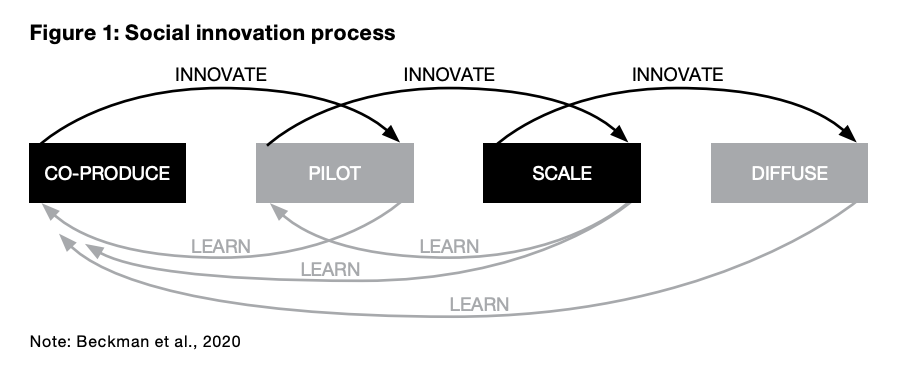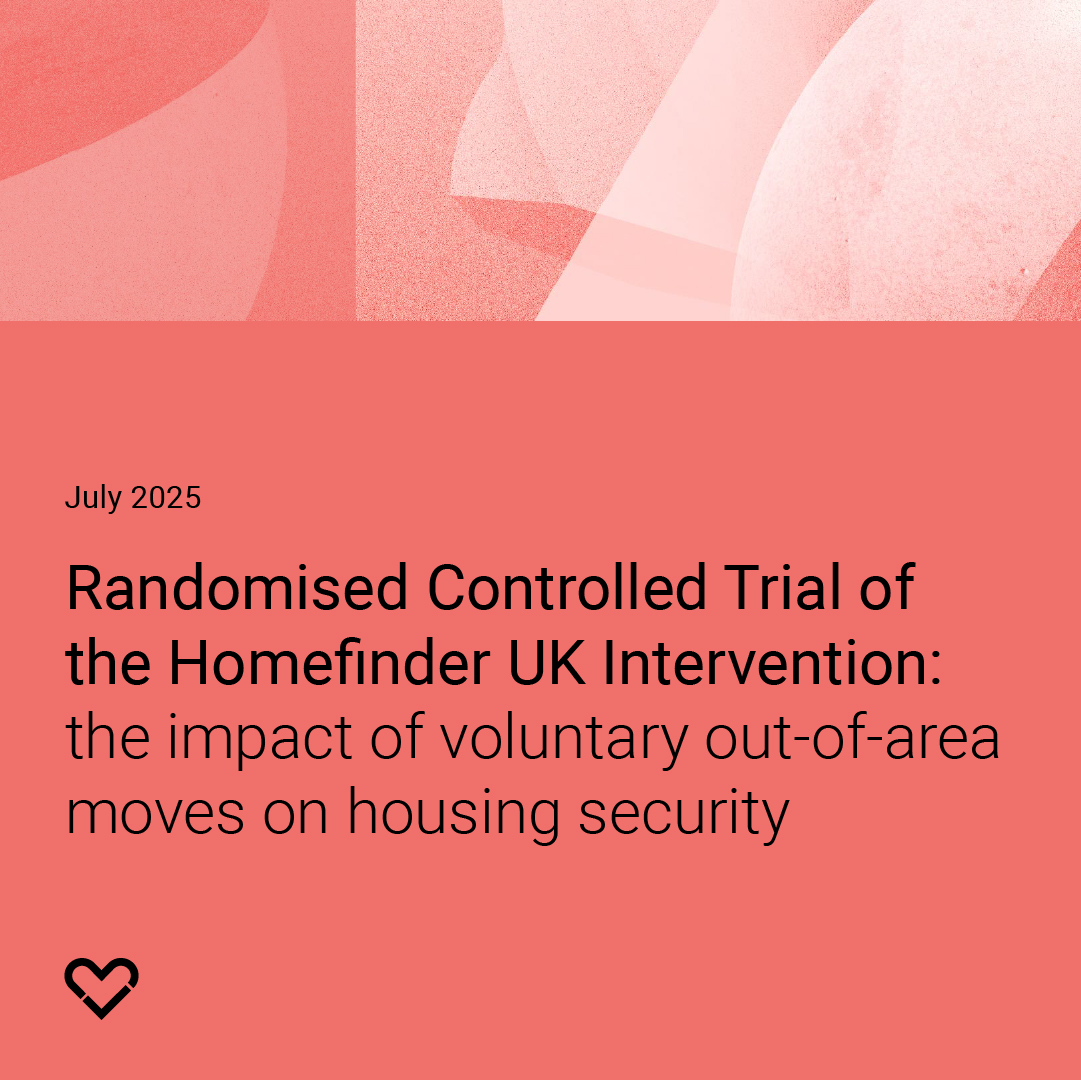European Journal of Homelessness: Social Investment in Ending Homelessness
Outline of the study
This review examines three innovative social investment approaches designed to accelerate solutions to ending homelessness by leveraging public, philanthropic, and private capital. It explores how innovative financing mechanisms can overcome funding limitations to enable scaling of interventions with a proven track record, such as Housing First.
The research analyses three approaches: Social Impact Bonds (SIBs) - which use outcomes-based contracting to attract private investment; Collective Impact Networks - which coordinate multiple sectors and stakeholders around shared goals; Racial Equity Investment approaches - which direct resources to address documented disparities in homelessness service use and access.
Drawing on examples from the USA and UK, the study evaluates how these mechanisms can bring additional capital to homelessness interventions, improve coordination across service systems, and ensure resources reach under-served populations, particularly communities of colour, who are disproportionately affected by homelessness.
Findings in brief:
- Evidence from 21 UK and six USA-based SIBs -focusing on homelessness indicates less than one third test early-stage innovations and that most fund existing evidence-based programmes, rather than developing new approaches
- Evaluation practices between the USA and UK vary significantly.Almost all USA SIBs include rigorous evaluations, but almost no UK SIBs require experimental evaluations
- Two thirds of SIBs reviewed receive private or social enterprise sector investment. However, the public and philanthropic sectors remain the primary funders
- Transaction costs for SIBs are high. Developing SIBs involves substantial administrative costs
- Quantitative needs assessments of service use and outcomes, when combined with consultation with community members, can identify over and under-representation within homelessness services and drive rapid change in relation to service commissioning and delivery
- Long-term investment is essential, including to demonstrate sustained efficacy.
Recommendations in brief:
- Carefully evaluate SIB transaction costs against other innovative methods
- Invest in ‘backbone’ organisations, which can catalyse a common vision, shared measurement system, communication and reinforce activities across organisations
- Develop approaches which expand collective effort and impact beyond homeless services, to include broader housing market actors and support for low-income workers
- Conduct regular equity assessments to examine service access and outcomes across demographic groups
- Engage communities and advocacy groups in interpreting data disparities and developing actions to address these, with clear timelines and targets
- Create culturally-specific interventions that address language barriers, geographical access issues, and cultural needs
- Maintain a commitment to long-term investment, to demonstrate efficacy and achieve systems-level change






.jpg)

